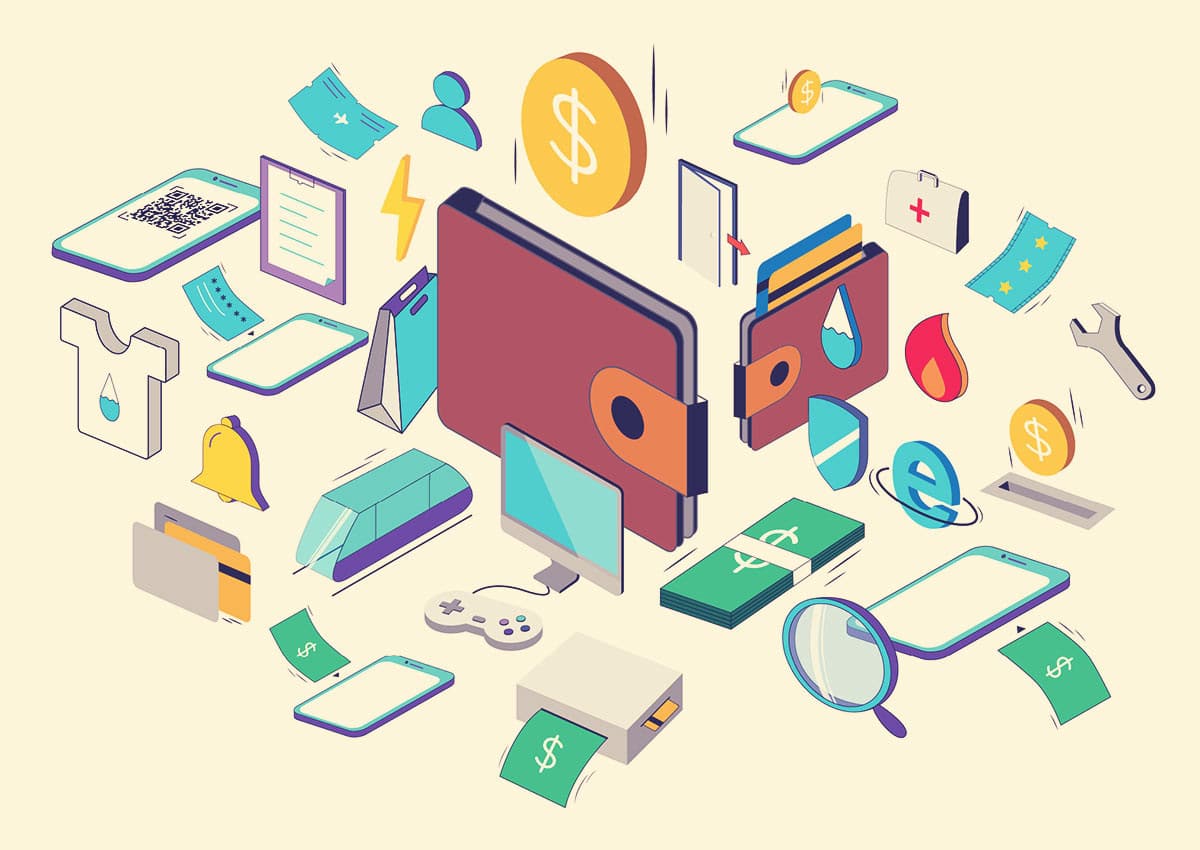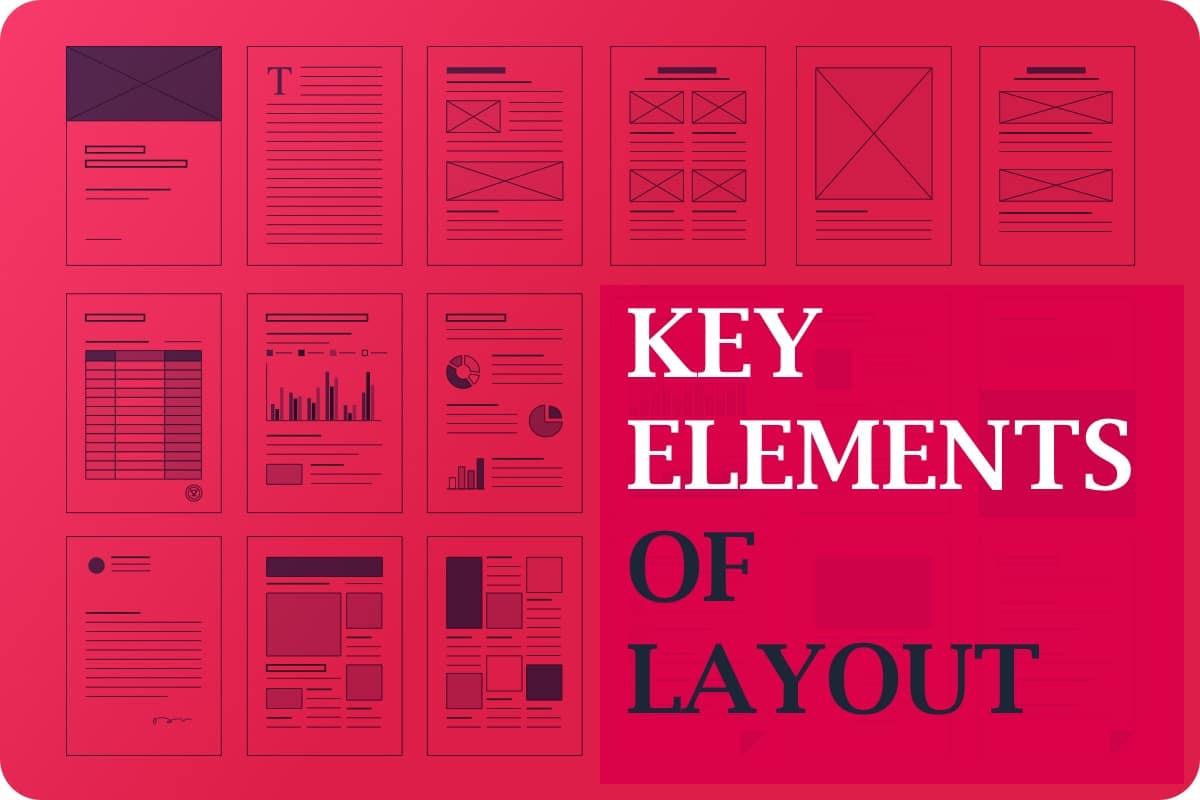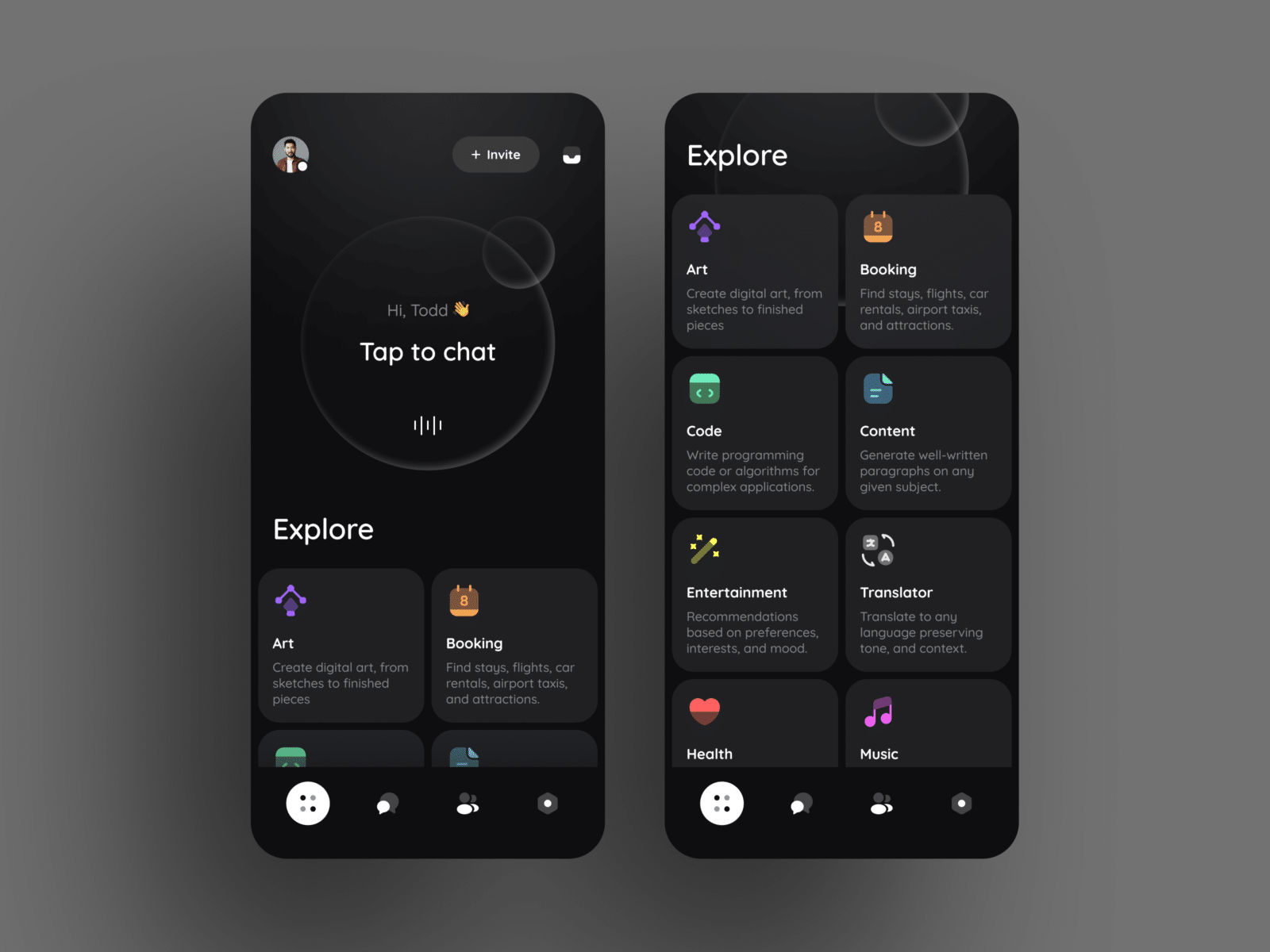It goes without saying that mobile app developers need to make a little money off their creations in order to at least enjoy the fruits of their labors and not become homeless. However, the way apps make money can get a little confusing. It is common knowledge that apps are the least straightforward tech venture when it comes to monetization. Plus, it is not always guaranteed that app monetization is possible – your app may succeed or it may fail. Although the journey of app monetization is not straightforward, it offers many opportunities that the brave can take advantage of and laugh all the way to the bank.
So how to do app monetization? Here’s how.
- Advertising
The online ad industry is huge today, and it is still growing. Advertisements can be a huge source of revenue for you if you choose to take advantage of them. If this is the direction you want to take with your app, you can do so by implementing in-app ads. Your in-app ads can either be pop-ups, interstitial ads or native advertisements. Most in-app ads generate revenue through the pay per click model (PPC), where you are paid a small amount for every user that clicks on the ad in your ap. The trick here is to have as many users as possible in order to make a substantial income from PPC ads.
However, it is important to note that most users do not like ads. In fact, they downright hate them. A UX design that allows for too many ads is frustrating to use, and will likely get uninstalled. Plus, if you rely entirely on ads for your revenue, you will probably have to sacrifice user experience for more ad space. Do not rely exclusively on ad money. Instead, mix things up a little with some of these other revenue models.
- In-app Purchases
An in-app purchase feature is a feature that you can integrate within your app development to allow users to unlock special features of your app by purchasing those features using real-world money. The app itself is usually free to download and install, with the developer reserving the rights to market additional services within the app and generate revenue from committed app users.
If you choose to go in this direction, the plus side is that you will not need as considerable a user base as with in-app ads, and there is the potential of generating income almost in perpetuity. On the downside, considerable marketing has to go into every special feature you create in order for people to buy it. Also, some developers get greedy and overuse this feature, making the app almost pay-to-use, which makes users leave the platform.
- Sponsorship
This method gets you money upfront and works really well especially for free apps. Often, it may mean altering your app design to reflect the brand of your sponsors. Also, this method only works if you can prove your app will be successful, and this can only be done after you have gotten some traction.
- Freemiums
This method will require you to create two versions of your app, one that’s free and another that’s paid. The free app has to promote the existence of the paid version, showing your user base special features that they can only get with the paid version.
For example, Dropbox offers 2GB of free upon signing up. At the same time, users are shown premium options that allow them to have up to unlimited storage space for a small fee. This entices users to convert and become paying customers, thus generating income for the company.
The freemium model can be implemented in various ways:
- Time-based freemiums: Are free for a limited time, after which you have to pay to continue using the app. Free trial apps fall into this category.
- Capacity based freemiums: Are free until you reach a certain capacity. This can be in terms of storage space, the number of users, the number of items you can create or save, among others. After you reach your capacity, you will be required to pay to continue using the app.
- Feature-based freemiums: The free app version comes with limited features. You have to pay to unlock the full range of features.
- E-commerce
Another option for app monetization is through e-commerce. You can use your app to sell promotional materials like t-shirts. You can also sell additional services related to what your app already offers. For example, a file manager app can sell additional services like note taking, organizing or archiving options.
- Affiliate Marketing and Lead Generation
Affiliate marketing involves the promotion of other people’s products and earning a commission from it. For example, if you have a game app, you can promote other similar games within your game and earn a commission whenever a download from your affiliate link is completed. This way, everyone is happy; you, for earning a commission, the company for gaining a new client, and the customer for having a broadened horizon.
Lead generation, on the other hand, involves capturing a user’s interest in a product or service, then developing a sales pipeline down the road. You create an interest in your potential customers, then sell to them somewhere down the road, based on this interest. Additionally, you can also sell these leads to other interested parties.
It is important to note that the selling of leads is a gray area, often involving legal or ethical ramifications. Make sure that your actions are not contravening any principles that might mess up you and your company’s reputation.
- Selling Data
If you have a big enough user base, you can monetize the data collected by your app by selling it to interested parties. Companies constantly need data on what habits people have and their preferences. They need this data in order to make strategic decisions and maximize profits. If you have an app that collects data on your customers, you can sell this data to companies whose success depends on knowing what people do and what people want.
Again, it is important to remember that data selling is a murky water area. It is not exactly 100% legal or ethical to constantly collect data on everything a person does. And it is downright illegal to collect data on people without their permission.
- Transaction Fees
Transaction fees are an awesome way to make money, especially if your app offers a platform where digital transactions occur regularly. For example, if in your app development you create an option for third parties to sell their products, and purchases can be carried out online, then the most logical revenue model to use is this. By charging users a small fee for every completed transaction, you stand a chance to make a lot of revenue, especially if your user base is large enough.
It is important to think carefully about the strategic direction you would like your app to take regarding app monetization. Often, these revenue models can be combined to maximize the amount of revenue generated. For example, a free app can have in-app purchases with users having the option of upgrading to a premium app with no ads. In the end, it is important to remember that the direction you choose with your app design agency can either make your app very profitable or it can ruin your app entirely.













